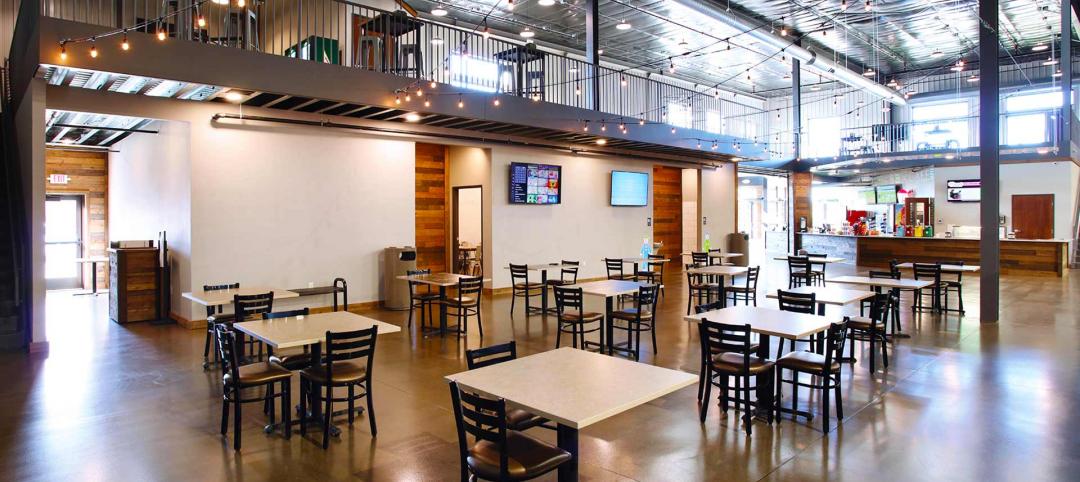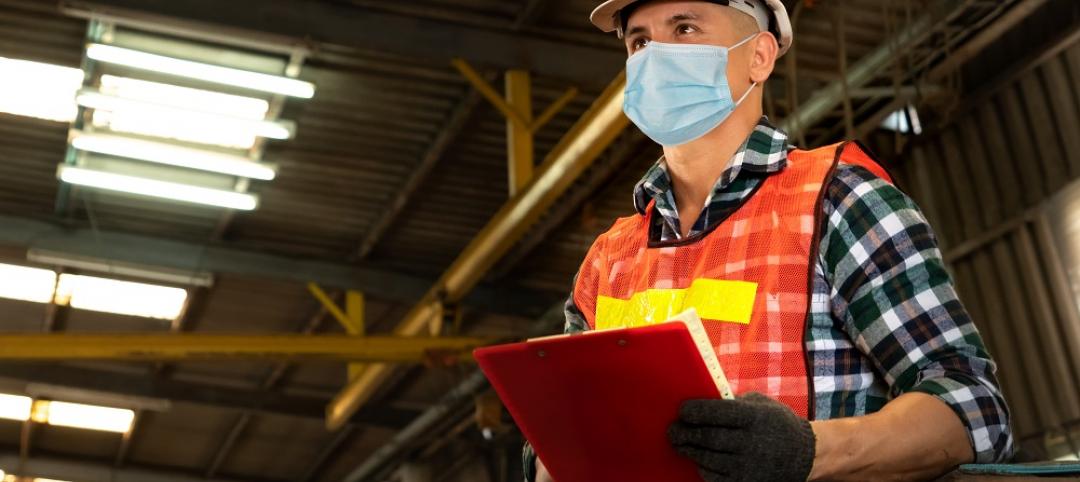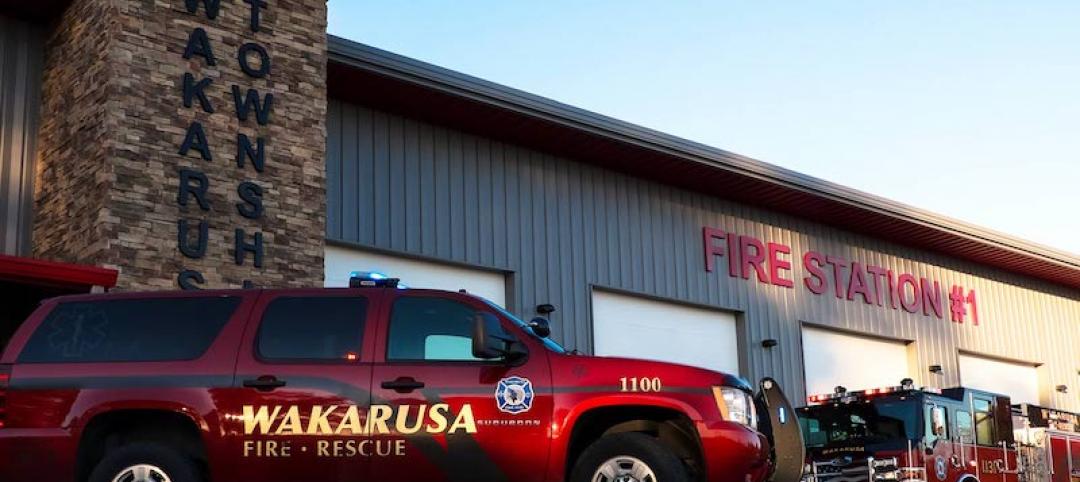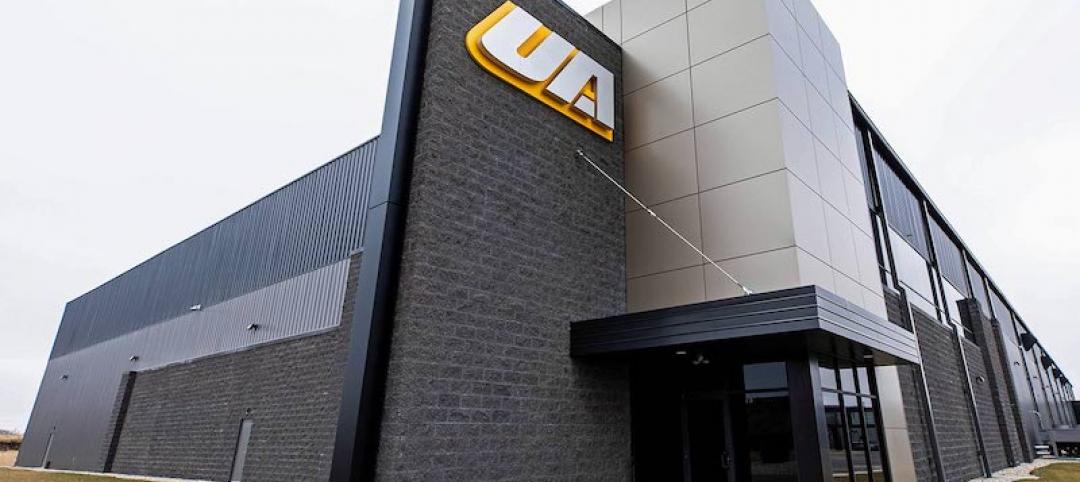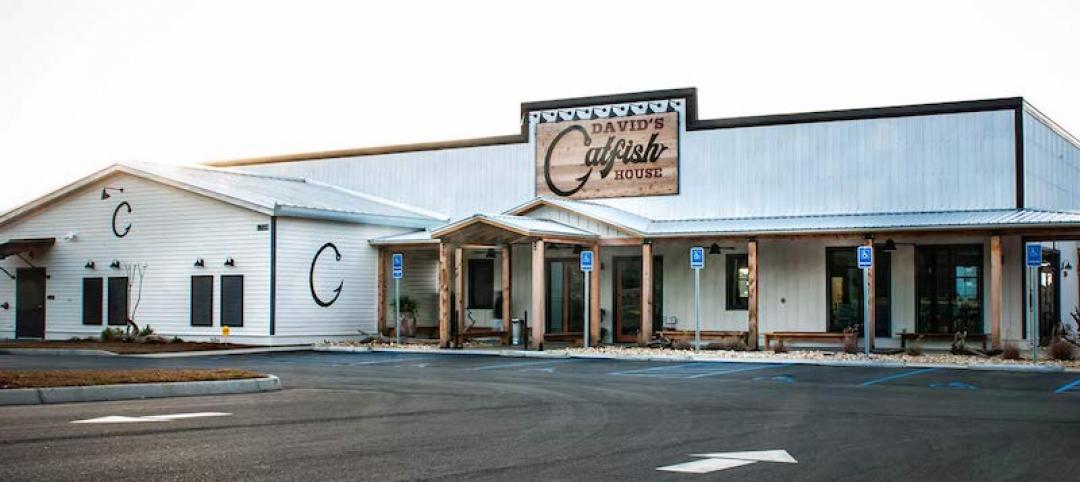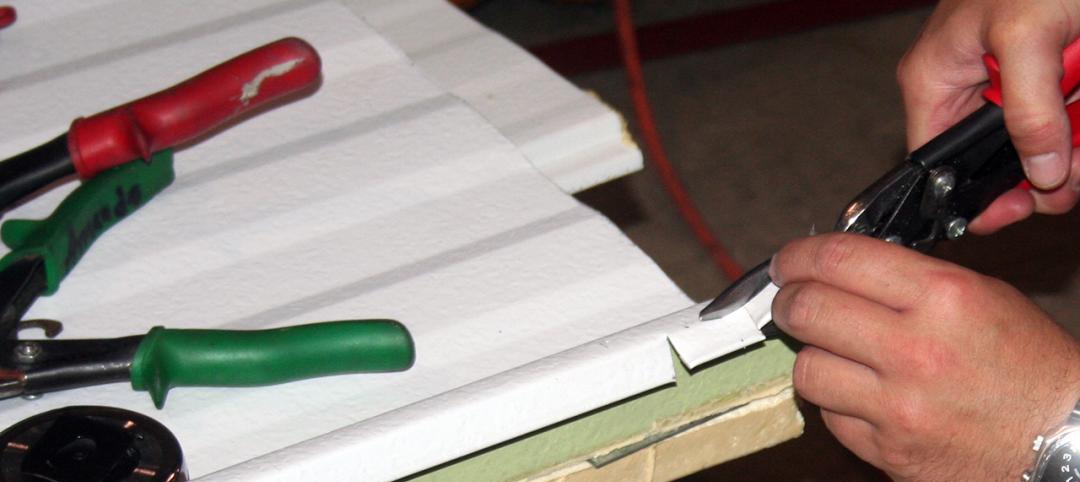Whether needing the occasional heavy load hoisted or needing to move material on a constant basis, investing in an industrial crane can streamline your warehouse’s processes. But which is the best for your company’s needs, and what do you need to know before you install?
Types of Cranes
Each warehouse operates uniquely, so standardized, one-size-fits-all solutions for cranes do not exist. For most industrial facilities, four types of cranes typically work in an enclosed space: top running, underhung, monorail, and jib cranes. Determining the appropriate crane type involves the lift capacity, interior space limitations, and function so that one or more cranes may be installed to meet the owner’s needs in the most economical and efficient manner.
Top Running Cranes
A top running crane consists of a bridge with a single or double girder—a horizontal support beam—that spans between runway beams. The bridge runs on top of a rail attached to the top of the runway beams. The runway beams attach to the brackets welded to the building’s columns or, in the case of larger capacity cranes, sit on top of separate support columns adjacent to the main frame columns. These cranes are best for large lift loads, but they may take up more room within the facility.

Underhung Cranes
An underhung crane consists of a single girder spanning between runway beams. The wheels of the crane roll on the topside of the bottom runway beam flange (wheels are between the top and bottom flange). Underhung cranes are generally used for relatively smaller lift loads of 10 tons or less. Because it doesn’t need separate support columns or deep columns supporting a bracket, which can intrude into the interior work space, underhung cranes generally take up significantly less space compared to top running cranes.
Monorail Cranes
A monorail crane is a special underhung crane with only one beam that a hoist travels along, similar to the way in which underhung cranes operate. Monorail cranes usually lift smaller loads and offer efficiency for maintenance applications.
Jib Cranes
Jib cranes consist of beams attached to a column that can swivel, therefore moving material in a single workstation. The column may be a main frame column or a separate column attached only to the floor. For those attached to a building column, the range of motion usually ranges from 90o to 180o. A jib crane attached to a floor-mounted column may have a full 360o range of motion.
Cranes and Your Building
According to Allen Hurtz, Director of Engineering for Star Building Systems, deciding to tailor the crane to the building or the building to the crane is a timing issue without an absolute answer. “Typically, when you have a crane, if it has not been purchased yet, you have the freedom to optimize the building,” Hurtz said. “But if you have a pre-purchased crane, you obviously have to make [the crane] fit [the building’s layout]. You have to ask, what is the most economical approach?”
When the crane has yet to be purchased, the building design will be the most flexible. With a crane already purchased, all critical dimensions are set and the building design must adapt around these constants. However, a benefit of the pre-purchased crane lies in the defined dimension so that the owner can optimize the process flow to reduce the overall time to begin operations.
Working with the owner to diagnose the needs of the facility can help you determine the best type(s) of cranes to install while meeting economic concerns. Whatever the needs of your warehouse, factory, or project, seek experts to identify the best product for the situation. At Star Building Systems, our engineers support our builder partners from start to finish so you can build with confidence, identifying and installing the crane system needed to meet and exceed the owner’s expectations.
More from Author
Star Building Systems | Oct 13, 2020
Wakarusa Township fire station meets innovation
Kuehler worked in partnership with Lawrence, Kansas-based architectural firm Hernly Associates and together, they created a vision for the new, nearly 14,500-square-foot station.
Star Building Systems | Sep 22, 2020
Applying conventional construction to custom metal buildings
Star Building Systems eliminates a lot of the complexity and allows us to make enhancements with other components to add interest.
Star Building Systems | Sep 10, 2020
David's Catfish House
The building features a wrap-around wood-framed porch, that historically, has the look and feel of what people would consider a catfish house is supposed to look like.
Star Building Systems | Sep 2, 2020
A new look at value engineering
Allowing your expert material supplier to direct you as to how to get as close to that optimal price point as possible is value engineering—emphasis on “value.”




